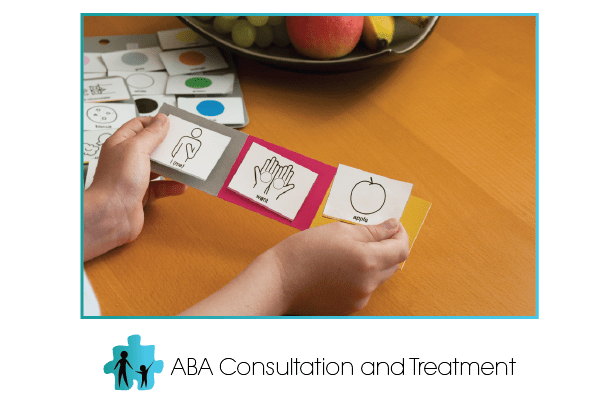ABA (Applied Behavior Analysis) was first applied by psychologist Dr. Ivar Lovaas in 1987 while working at the University of California, Los Angeles. His belief was that a child could be taught social and behavioral skills, even if they had been diagnosed with Autism. The basis of ABA was (and remains) that autism is a set of behavioral symptoms which can be modified or eliminated. Suffice it to say, ABA has revolutionized the world of Autism therapy. Yet, to the uninitiated parent or educator ABA therapy might still be a foreign concept. The following is a brief explanation of how we use this treatment at Steinberg Behavior Solutions.
What is ABA Therapy?
Simply put, ABA therapy is a system of treatments guided by the overriding belief that desired behaviors can be taught through a system of rewards and consequences. Included in this approach are principles about how behavior works and how learning takes place. During ABA therapy sessions, we apply these principles to teach or increase targeted behaviors. ABA can also be used to decrease behaviors that often interfere with an individual’s ability to learn, or behaviors that may be harmful. The ultimate goal of ABA therapy is to improve socially appropriate behaviors. These behaviors can include academic, social, communication, and daily living skills. This therapy aims to increase an individual’s independence or overall quality of life.
ABA is considered as an evidence-based treatment by the US Surgeon General and the American Psychological Association (APA). This means that it has been studied and has passed many tests attesting to its effectiveness, practicality, and quality. This form of therapy has been rigorously tested and is effective for individuals with Autism and other developmental disorders.
Basic Principles of ABA
The basic principles of ABA consist of variables in a child’s environment, which have an impact on their behavior which can include all sorts of actions and skills. The variables fall into two categories, either antecedents or consequences. Antecedents are event that happens right before a behavior takes place. An example of an antecedent could be someone yelling “Go!” before a race. A consequence is the event that follows directly after the behavior takes place. An example of a consequence could be receiving a ribbon after crossing the finish line of the race.
Antecedents
There are always antecedents to a behavior. They are important because they help the learner know what to do. For example, when the bell rings for lunch, a student knows that it is time for get his lunchbox out of his backpack. Antecedents are individualized in ABA therapy to best fit the learner. If a student does not know how to read, picture cards can be used instead to let the learner know what is coming next. This is what is meant when we alter the environment to best suit the learner. During ABA therapy session, the antecedent can oftentimes be a directive or request for the child to perform a certain behavior.
Consequences
The consequences that follow a behavior are a critical component to ABA therapy. The most effective consequence is the use of reinforcement. This refers to a consequence that increases the frequency of a behavior. There are so many different forms of reinforcement that we use in ABA, such as praise, access to a preferred toy, or food; essentially, anything that a child may enjoy. These would be examples of positive reinforcement.
Negative reinforcement refers to the removal of something aversive, or negative, but still increases the frequency of a behavior. A classic example of negative reinforcement is the buckling your seatbelt to get rid of the alarm that goes off in your car if you are not yet buckled.
Lastly, another consequence is punishment. This approach is used to decrease the frequency of behavior in the future. In ABA therapy, punishment is not often used, and is only allowed after all other forms of reinforcement have been exhausted.
An Effective Principle
The principles of ABA therapy are present in our everyday lives. More often than not, parents, teachers, and caregivers use these rules in their day to day routines without even realizing it. During ABA therapy sessions, data is taken in order to see if the programs are working the way we want them to. We use these principles systematically to increase desirable behaviors or to decrease undesirable behaviors. Understanding the basic principles of ABA and when the most effective time is to use them, results in meaningful behavior changes. It is a therapy that can greatly impact a young person’s life.



